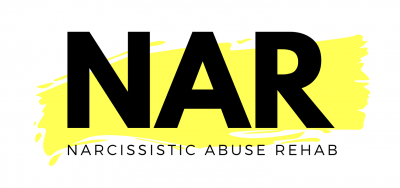Victoria MP Laurel Collins’ proposed coercive control legislation passes third reading in Canada’s House of Commons
Intimate Terrorism
Intimate Terrorism is a the application of extreme power and control tactics by one person to subjugate another in an intimate relationship. The perpetrator of intimate terrorism uses psychological and physical abuse as tools to obtain dominance over their partner.
“Why didn’t you just leave?” is a question bystanders often ask coercive control survivors. It shows the urgent need for increased awareness.
Queensland passes groundbreaking coercive control legislation to tackle intimate partner violence and femicide in honor of Hannah Clarke.
EU enacts new laws to combat over 3000 annual femicides, aiming to significantly reduce violence against women across the continent.
Violence Free Minnesota remembers the 39 known victims of intimate partner homicide in Minnesota at their annual We Remember ceremony.
An alarming report from the Arizona Coalition to End Sexual and Domestic Violence reveals that the state’s decision to ignore the urgent need to expand existing legislation to include coercive control has made it a hotspot for intimate partner abuse in the United States. According to Arizona’s Family, the state has one of the highest rates of domestic violence fatalities…
Sexual assault lawsuit filed by Liza Gardner against Sean ‘Diddy’ Combs and Aaron Hall, alleges intimidation and non-fatal strangulation.
MCU star Jonathan Majors texts to Grace Jabbari reveal a disturbing pattern of psychological manipulation and physical violence.
A recent report exposes an alarming pattern of systemic failures in femicide prevention by law enforcement in the UK. The study was commissioned by Killed Women, a support network for families of women killed by men. The You Were Told study shows numerous missed opportunities and inadequate responses by law enforcement. In response, family members united, staging a vigil outside…
Sandra L. Brown analyzes how the rejected theory of Parental Alienation Syndrome because big business in the family court system.










